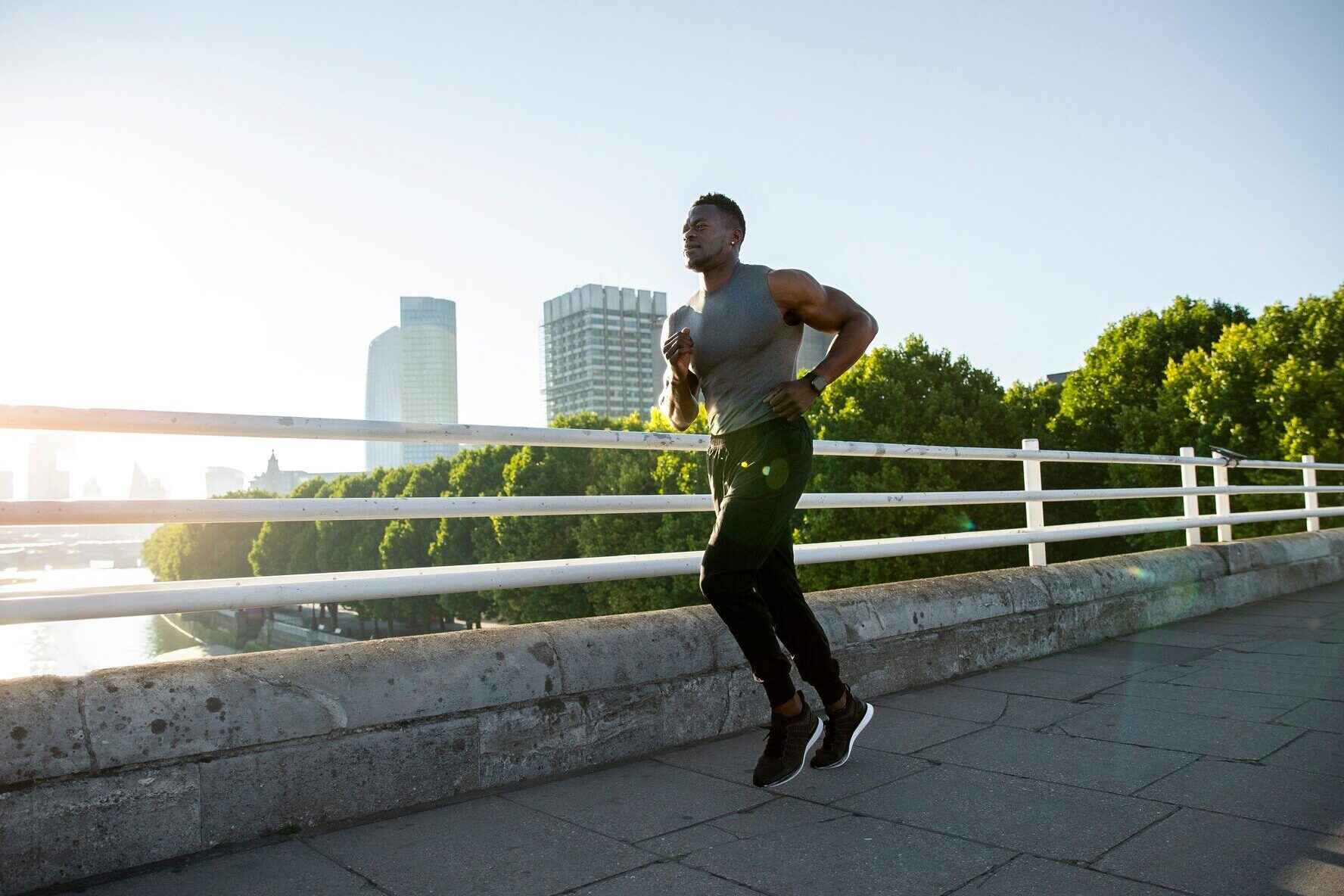Increased Stride Rate (ISR)
Joe McConkey
Mar 17, 2025
COPY LINK

Biomechanically speaking, faster running is as simple as faster steps with longer strides. The longer strides take more power, more eccentric load to safely absorb that power, and weeks/months to allow for this increase in force to become aerobic, aka sustainable. Faster steps though is the much easier and safer component to master and is a great introduction to speed development for those who might not be putting much variation in their workouts.
The first task is to count your steps per minute, ideally by just counting one leg over one minute, 2 4 6 8 etc. Do this a few times during your run and take the average. If you are below 170, incorporating ISR during your easy runs may be a great way to develop an improved ground reaction time, i.e. quicker feet off the ground. A few considerations when implementing ISR into your running:
- When running with an ISR you should hear the faster steps, and it should feel lighter on your musculoskeletal system. Continue to count your ISRs until you are confident you know what 170-180 feels like.
- Running with an ISR does not necessarily mean you are running faster. You might simply be running with shorter strides to counter those faster steps, and thus the net is you are running the same pace. If this is the case this is not a problem whatsoever. The initial goals are to run with 170-180 steps per minute with the least amount of effort possible and to develop a quicker reaction to the ground, not to run faster.
- Though your legs are moving faster, this does not mean it has to be hard work! Focus onstaying as relaxed as possible as you try to ‘trick’ your mind into thinking this is easy, this isnormal.
- When shifting to an ISR try to keep the run ballistic. This means the leg relaxes during theswing phase, and then quickly bounces off the ground, as opposed to always having tension andstiff legs during the stride.
- Running with an ISR likely means you are using your muscles differently and likely landingslightly more forward on the foot. Given this it is best to keep up with standard injury prevention tactics:
- Ensure the calf, shins and feet are pliable before and after each run
- Start very conservative (1 min of ISR per mile twice per week for 3 weeks) and
gradually build from there until it is habitual
COPY LINK
You are free to use this material for non-commercial purposes. This means you can read it, share it with others, and use it in your own personal projects. For more information on the rules for using this material, please read the following documents:
Creative Commons LicenseAll rights reserved. Copyright © 2025 Marathon Guide